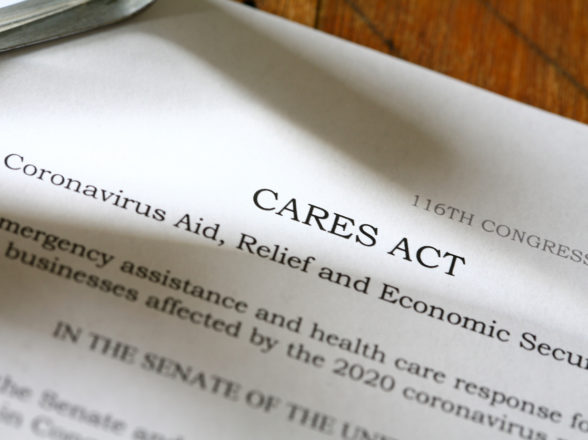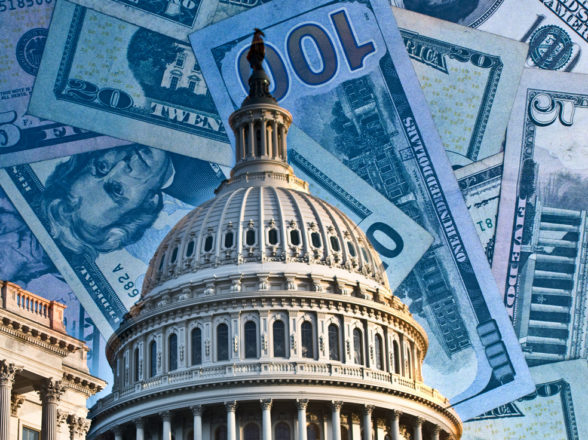Blog
Obamacare Premiums Could Increase 75% in 2026

The Affordable Care Act (ACA), commonly known as Obamacare, faces a critical juncture as a combination of rising healthcare costs, expensive new drugs, and the looming expiration of enhanced federal subsidies threatens to drive Marketplace premiums up by as much as 75% in 2026. This “perfect storm” could impact over 24 million Americans enrolled in ACA plans, creating significant financial strain and potentially increasing the number of uninsured. Understanding the factors behind this surge, its implications for families, and the broader policy landscape reveals the challenges facing the ACA and the urgent need for action to mitigate its impact.
The primary drivers of the projected 2026 premium hikes are multifaceted. According to a Peterson-KFF Health System Tracker analysis, insurers across 312 ACA Marketplace plans are proposing a median premium increase of 18%, the largest since 2018, with over 125 insurers seeking hikes of 20% or more. Rising medical costs, fueled by 8–10% annual medical inflation, are a key factor. Hospital services, physician visits, and prescription drugs, particularly GLP-1 medications for diabetes and weight loss, are driving costs higher. Additionally, the potential expiration of enhanced premium tax credits, introduced under the American Rescue Plan Act in 2021 and extended through 2025 by the Inflation Reduction Act, is expected to add roughly 4% to premium increases. These subsidies have been critical in capping out-of-pocket premiums, enabling ACA enrollment to double from 11 million in 2020 to 24.2 million in 2025. Without them, a subsidized enrollee paying $100 monthly could see costs rise to $175, a $900 annual increase, with some facing even steeper jumps depending on income and location.
The expiration of these subsidies poses a significant threat. For a family of three earning $110,000, monthly premiums for a silver plan could leap from $779 to $1,446 without subsidies, and potentially to $1,662 if insurers’ proposed 18% hikes are approved. This could force many to drop coverage or switch to high-deductible plans, which carry lower premiums but higher out-of-pocket costs. The Congressional Budget Office projects that 4.2 million Americans could become uninsured over the next decade if subsidies lapse, with 2.2 million losing coverage in 2026 alone. Healthier enrollees are likely to exit the market, leaving a sicker risk pool that further drives up premiums, risking a “death spiral” where costs spiral out of control.
Policy changes under the Trump administration and Republican-controlled Congress exacerbate the issue. The 2025 federal budget reconciliation law, known as the One Big Beautiful Bill, did not extend the enhanced subsidies, despite addressing other health provisions. New administrative rules finalized in 2025 will increase enrollment barriers and out-of-pocket costs, potentially causing 750,000 to 1.8 million people to lose coverage, particularly in states like Florida and Texas with high ACA enrollment. These states, which have not expanded Medicaid, rely heavily on Marketplace plans, making the subsidy expiration especially impactful. Public support for extending subsidies is strong, with 77% of Americans, including a majority of Republican voters, favoring continuation, according to a June 2025 KFF poll. However, GOP resistance to additional spending, framed as “insurance company bailouts,” makes an extension unlikely without significant political shifts.
The broader economic implications are concerning. Rising premiums could strain household budgets, reduce consumer spending, and increase medical debt, particularly for low- and middle-income families. The loss of coverage could also burden public health systems, as uninsured individuals rely on emergency care. Insurers like Aetna have already announced exits from the ACA Marketplace, citing unsustainable costs, which could reduce competition and further elevate prices.
To mitigate this crisis, Congress could extend the enhanced subsidies, though political gridlock poses a challenge. States could also implement their own subsidies, as Vermont has done, or strengthen oversight of insurer rate hikes. Without action, the ACA faces a precarious future, with millions at risk of losing affordable coverage.
In conclusion, the projected 75% surge in ACA premiums for 2026, driven by medical inflation, costly drugs, and expiring subsidies, threatens the financial stability of millions. While the ACA has expanded coverage significantly, this perfect storm underscores the need for policy interventions to maintain affordability and prevent a rollback of progress in reducing the uninsured rate





























































































